Crafting Film Music That Lasts – From Live Orchestra to Bold Beats
The creation of film music is both a creative and a technical process. It spans several phases: from the initial idea to the final soundtrack, we at JP Composers work closely with directors, producers, and editors to bring out the emotional power of a film. In this article, I share personal experiences, highlight best practices, and explain why live musicians—from baroque to classical to jazz—often make the decisive difference.
Briefing – or: The first exchange
Every film score—similar to advertising music or other commissioned works—begins with a briefing. In this discussion between the director(s) and the film music team, essential questions are clarified:
- What mood(s) should the music convey?
- Are there any models or musical references?
- Which scenes should be particularly emphasized?
The earlier these discussions take place, the better.
We often say, “Oh, if only we had met earlier!” – because early exchanges lead to earlier resonance, a deeper dialogue about what should really be heard and felt.
In Our Experience
Julian: I personally enjoy extracting key points from the script and directly connecting them with musical ideas. This establishes a dialogue with the director early on, long before the first cut is made.
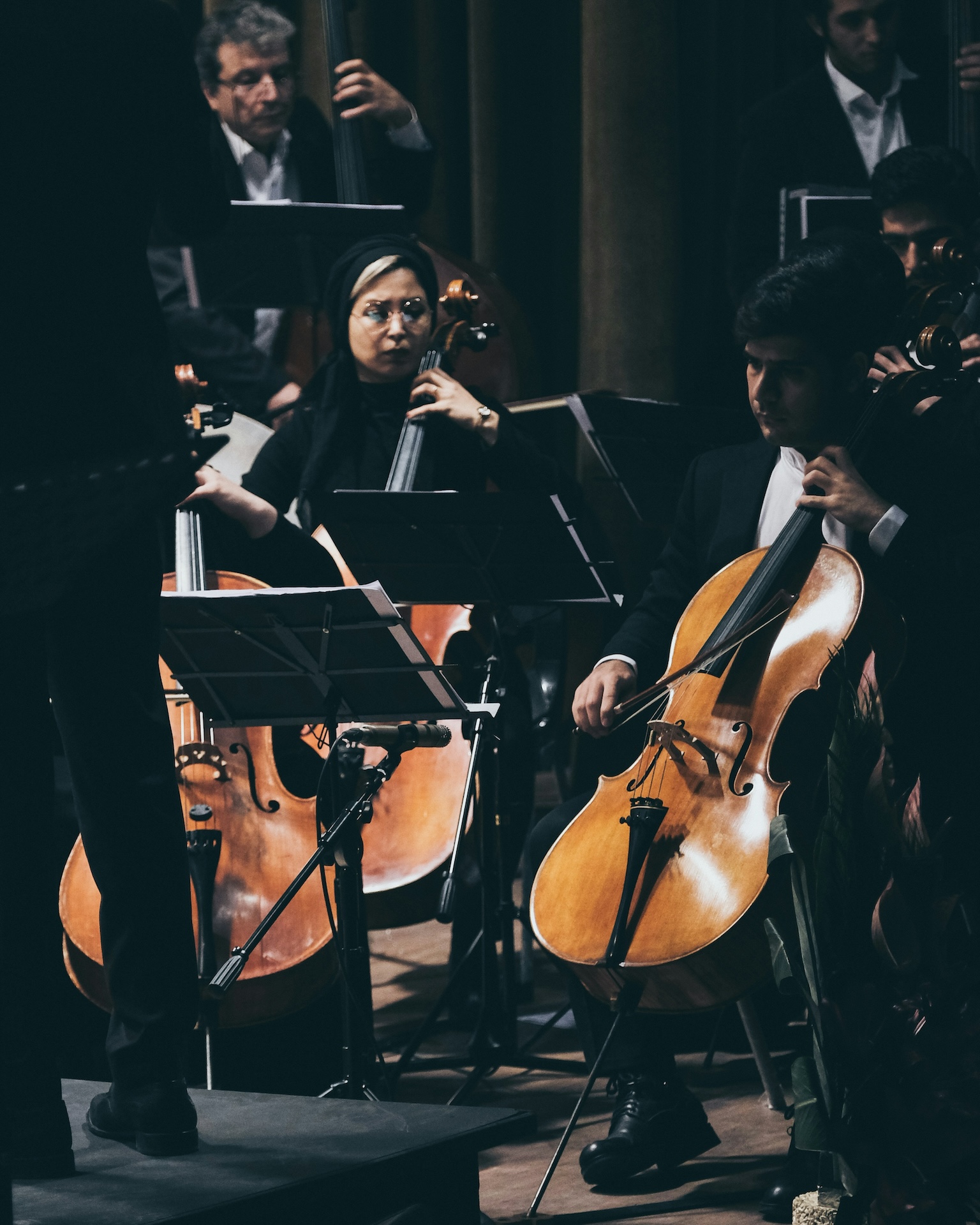
Best practice: Score It Before You Shoot It
- as a 10–15-minute orchestral suite from which themes can later be extracted,
- as a musical mood board that establishes the tonality of the film early on,
- or as a main theme that is already present during editing and influences the montage.
In Our Experience
Julian:I’ve seen it change a production more than once. When the main theme is already present in the edit, it immediately creates a different emotionality—scenes breathe differently, transitions seem more natural. This creates a special depth and, at the same time, a lightness that is often missed in the classic sequence.
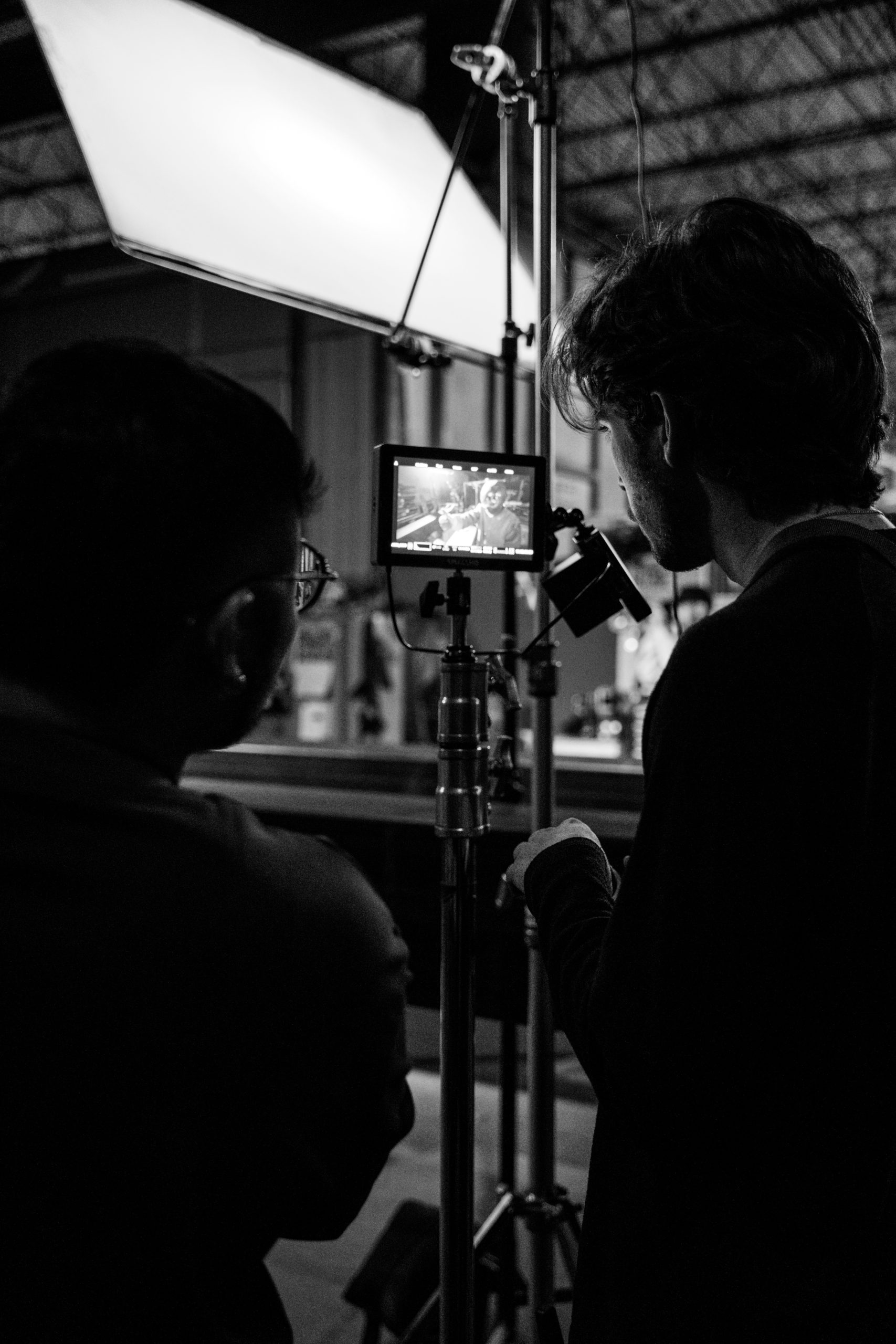
Spotting Session – Fine-tuning instead of a “stopgap solution”
Even in these ideal scenarios, there will of course still be classic spotting sessions. But they will no longer be work in a vacuum, but rather targeted testing:
- Does the main theme fit here?
- Or a variation of it?
- Which stems of a track work in this scene, and which don’t?
This makes these sessions much more efficient, interactive, and creative—and less theoretical. In a spotting session, everyone watches the rough or fine cut of the film together. They discuss and decide whether and where music is needed and where exactly the individual music cues will start and end. Typical results of a spotting session:
- A spotting sheet with start and end points for music cues
- More precise fine-tuning – or initial ideas – regarding tempo, dynamics, and instrumentation
In Our Experience
Julian: From my perspective, it’s invaluable to provide the editing department with a suitable, diverse music pool early on. This way, we avoid expensive temp tracks that the team gets too used to.
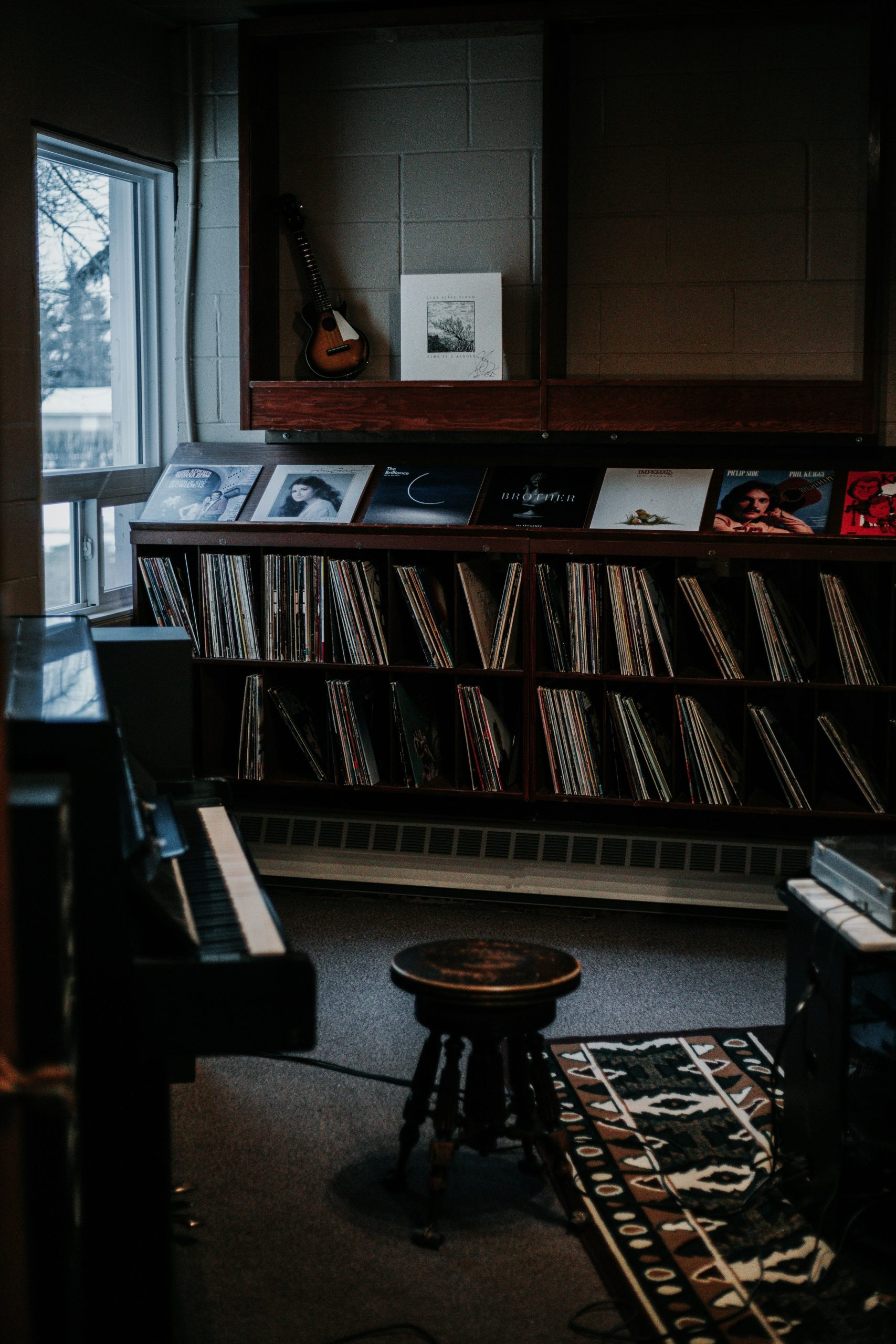
The score DNA: From themes to the finished score
Based on early ideas and mood boards, we develop the musical DNA of a project. A main theme or suite gives rise to leitmotifs and variations that form the foundation of the score. These motifs accompany characters, underscore emotional highlights, and run through the entire film as recognizable patterns.
Once the thematic building blocks are in place, the composition process begins: We work out the motifs in individual scenes, arrange them for suitable instrumentation, and bring them into a form that is suitable for both live sessions and digital workflows. This is done in the traditional way in a digital audio workstation (Logic Pro, Ableton), where we work with sample libraries, virtual instruments, and MIDI to create demos.
Techniques used in this phase:
- MIDI sequencing for precise sketches
Layering of electronic and acoustic sounds - Experimenting with harmonies, dynamics, and textures
At the same time, we are already thinking about the final score—so that the music can be played efficiently and music professionals of all stripes can quickly and freely navigate it.
In Our Experience
Julian: I often write lead sheets or short scores for this purpose—even for electronic productions—and invite jazz/soul musicians or baroque musicians, for example, to fill these frameworks with life. That moment when they begin to improvise and the theme “breaks free” and continues to transform is priceless. And it’s often exciting to bring forward parts of the recording process so that you can rework your own composition during this phase and generate innovative textures, for example.
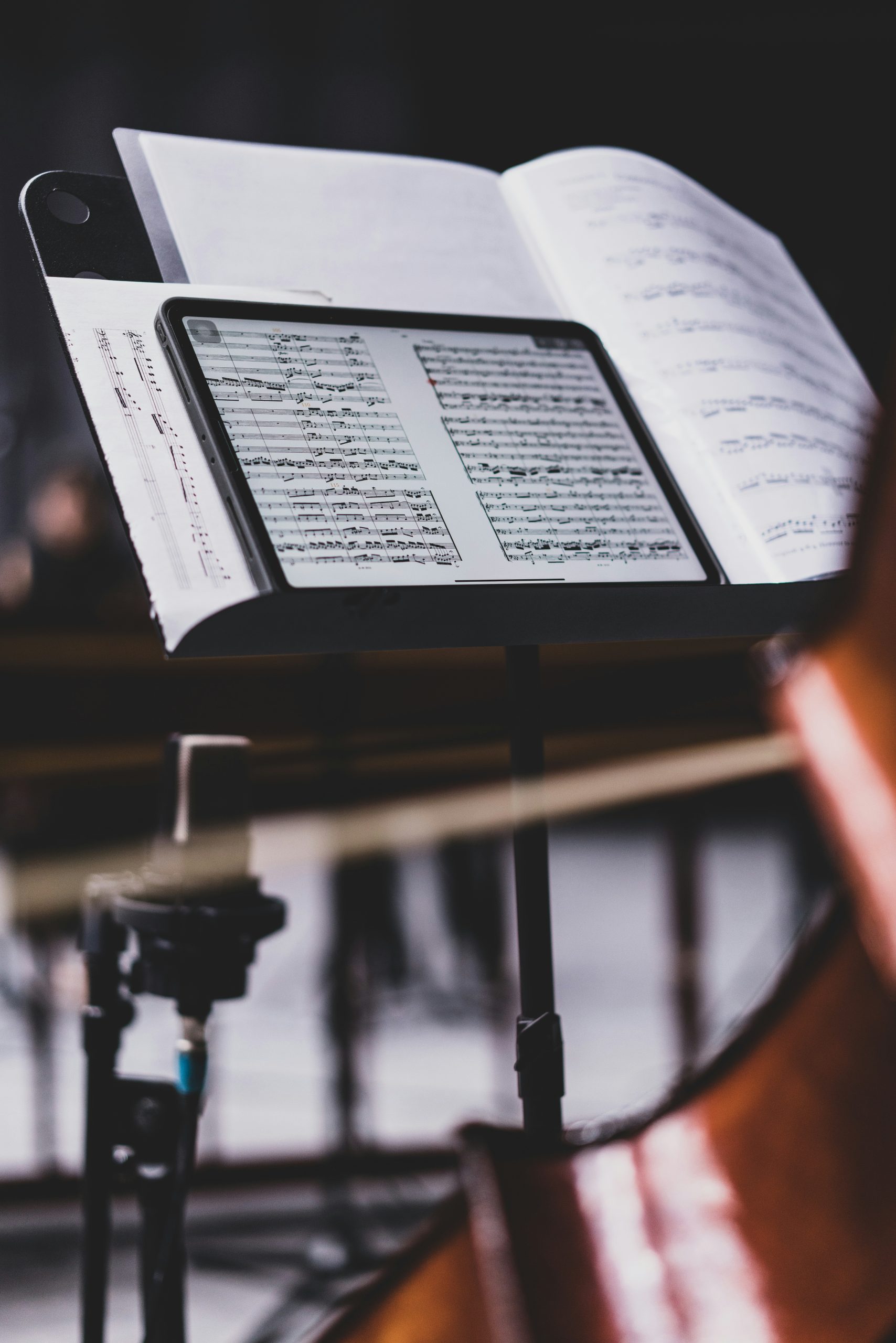
From the score to the studio – and to a sound that lasts
In Our Experience
Julian: I have worked with very different ensembles – from chamber orchestras the size of Schubert’s to full A orchestras. A magical moment is when a new piece is so well prepared that the ensemble can quickly move away from the sheet music and start playing more freely. This creates a presence that no sample or mockup can replace.
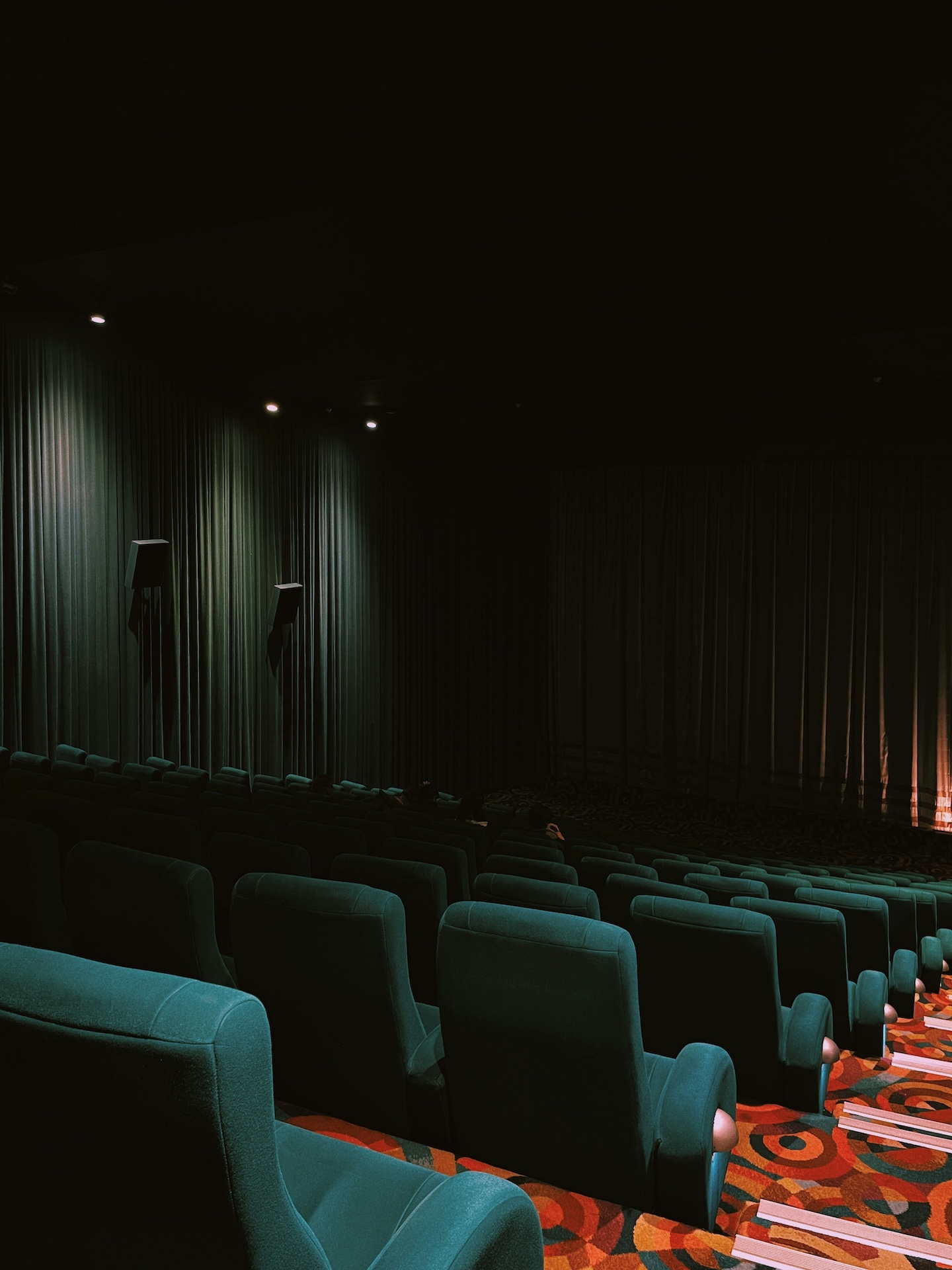
Summary
Film music is created through a complex interplay of creativity, technology, and communication. Those who are involved early in the process can develop themes and timbres that actively shape the visual language—instead of merely reacting to it afterward. At JP Composers, we rely on precisely this anticipation: we develop musical mood boards or entire orchestral suites before filming begins, so that something tangible already exists when editing begins. In the later spotting sessions, we don’t test in a vacuum, but make adjustments based on material that is alive. And that’s exactly why we consciously combine the best of both worlds: the emotional energy of live takes (orchestra, big band, jazz combo) and the roughness and drive of hard electronic beats. The result is scores that not only accompany scenes, but also leave a lasting impression. We do it because we love it – and because it works.
- Get in touch with the director and production team early on.
- Develop musical mood boards or suites before filming begins.
- Provide main themes and textures that are already effective in the editing stage.
- Use spotting sessions for fine-tuning, not as a stopgap solution.
- Using live recordings to capture real energy.
- Using electronics to create contrast and dynamics.
Contact
JP Composers
Julian (Head of Music)
Südstraße 45
04178 Leipzig
Germany
Phone: +49 171 9101572
E-Mail: julian@jp-composers.com
